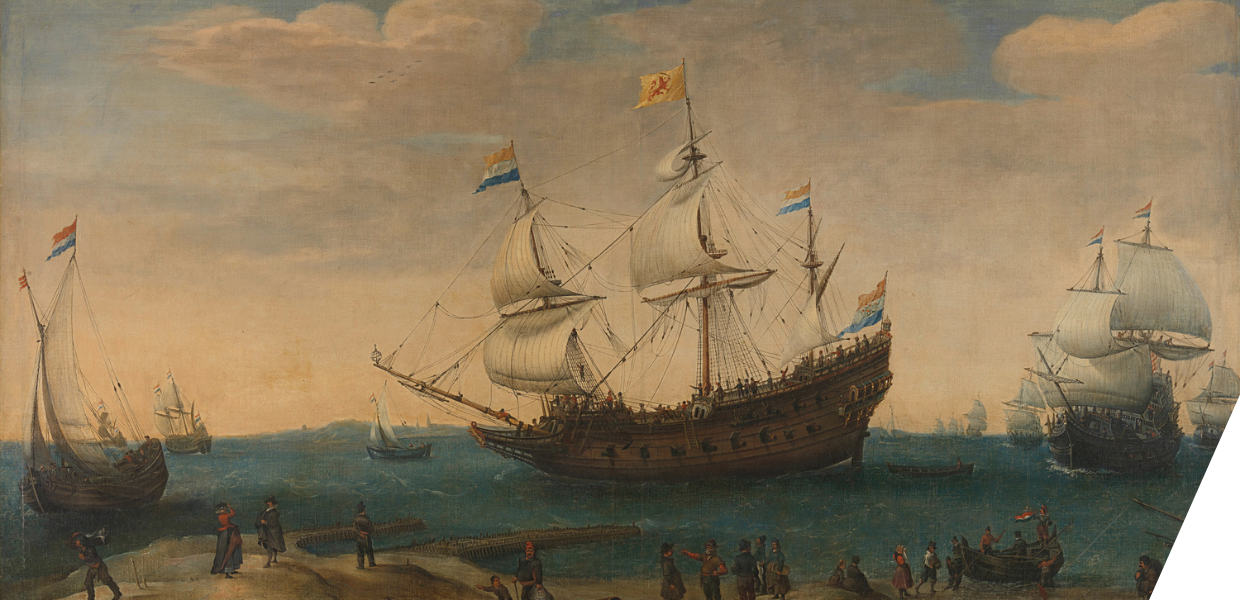As described in some of our previous posts on the topic, the CDSM Directive, adopted in 2019, addresses some of the copyright challenges faced by the cultural heritage sector. For cultural heritage institutions to be able to fully rely on the solutions brought forward by the Directive, Member States need to complete the transposition process, which should result in a change of law at the national level.
Even though we are well past the transposition deadline (7 June 2021), and the European Commission initiated infringement proceedings against most European Union Member States, 17 countries have yet to initiate or finalise the transposition process.
As of today, the countries who have national laws in place that transpose the CDSM Directive are Austria, Croatia, Estonia, France, Germany, Hungary, Ireland, Italy, Malta, Netherlands and Spain. In our last post on the transposition of the CDSM Directive we briefly commented on the Dutch, German and Hungarian details. Let’s take a look at some of the other countries.
Ireland
The Irish Government transposed the CDSM Directive through a statutory instrument via secondary legislation, which means less involvement by the Parliament than in an ordinary legislative procedure. This has been an option followed by many other countries as part of the transposition process.
While the national transposition is overall faithful to the text of the Directive, it provides some positive additional details. For example, it clarifies what ‘expressly’ reserving rights for Text and Data Mining (TDM) entails, and provides extra information on the publicity measures needed from collective management organisations in the context of licences for out of commerce works. This offers more legal certainty for cultural heritage institutions. There are some other details that are less positive, such as around the storage of copies made for the purposes of Text and Data Mining, which place some burdens on researchers and cultural heritage institutions.
The Irish transposition text has no mention of the CDSM Directive’s public domain provision, which establishes that no neighbouring rights for non-original photography can be claimed on works of visual arts in the public domain. This is understandable, given that the Irish Copyright Act does not recognise such neighbouring rights protection.
Italy
The Italian transposition was adopted in November through a Legislative Decree approved by the Council of Ministers. There are some positive aspects, such as the possibility for researchers using the Text and Data Mining exception to not only make copies, ‘but also the communication to the public of the outcome of the research’, as described in this post by the IPKat.
However, and as described by Communia in this webpage, the exception for out of commerce works is narrower in scope than in the text of the directive, which results in less opportunities to digitise and make out of commerce works available .
Spain
After the publication of a Royal Decree, a statutory instrument, the Spanish Parliament voted against adopting the text as it intended instead to have proper Parliamentary consultation. A date is now awaited for the Parliamentary debate to take place, where amendments can be introduced. This is rather good news given the multiple contradictions that the transposition text presented (both between articles of the transposition text, and between the transposition text and the Directive) which would have led to a legal insecurity for cultural heritage professionals.
Find out more
Stay tuned for more information on the implications of the transposition of the CDSM Directive for digital cultural heritage and the approaches taken by some member states by following this new Pro news series! We will share posts through Europeana Pro news and our social media.
If you would like to be the first to hear about these developments, network with peers and learn more about copyright and digital cultural heritage, join the Europeana Copyright Community.


